| Femmes Fatales | Jan 15 2024 |

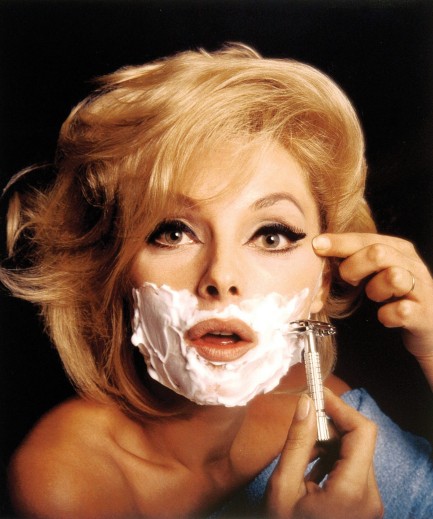
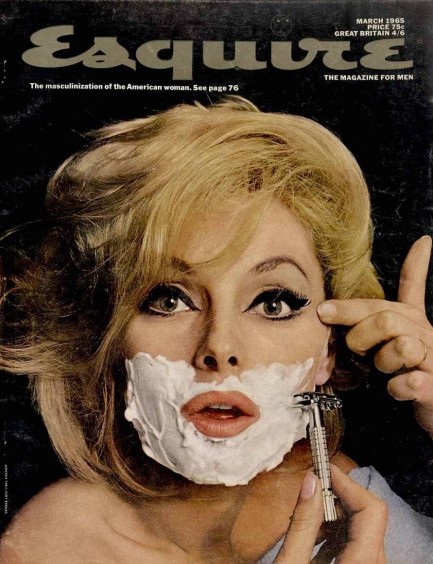 Virna Lisi made every photo amazing just by being in them, which is probably why Esquire magazine conceived this gender blurring idea in 1966 as a humorous commentary on her legendary beauty. Even with her face half covered Lisi still looks as good as ever. We doubt even a beard would have made much of a difference. We've included the magazine cover, as you see, and the photo is slightly different (if you can spot how, thumbs up for you). The issue is considered collectible today, and the image has even made it onto t-shirts. We've featured Lisi multiple times, including here, here, here, and here. All the shots are excellent.
Virna Lisi made every photo amazing just by being in them, which is probably why Esquire magazine conceived this gender blurring idea in 1966 as a humorous commentary on her legendary beauty. Even with her face half covered Lisi still looks as good as ever. We doubt even a beard would have made much of a difference. We've included the magazine cover, as you see, and the photo is slightly different (if you can spot how, thumbs up for you). The issue is considered collectible today, and the image has even made it onto t-shirts. We've featured Lisi multiple times, including here, here, here, and here. All the shots are excellent.
| Hollywoodland | Sep 9 2023 |

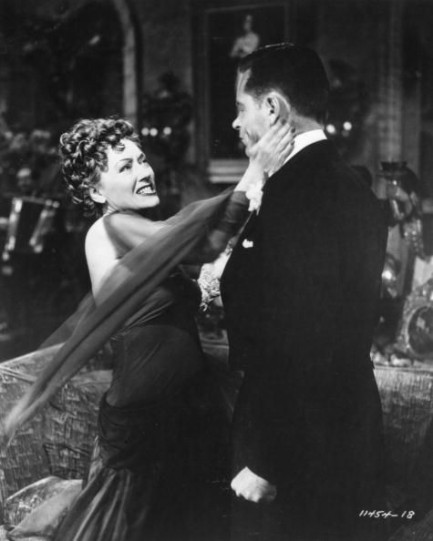
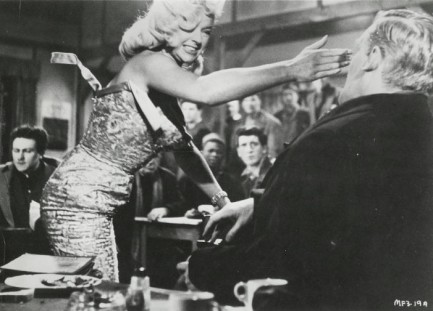
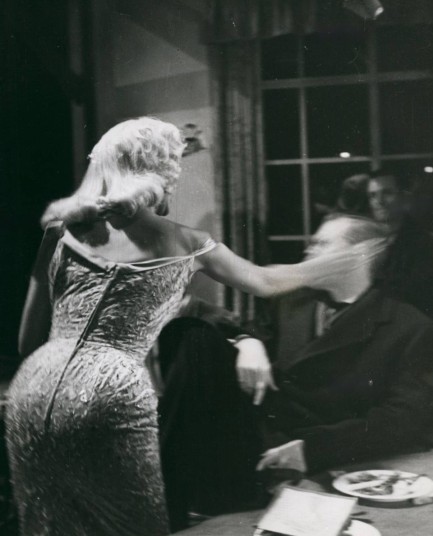 Diana Dors smacks Patrick Allen blurry in 1957's The Long Haul.
Diana Dors smacks Patrick Allen blurry in 1957's The Long Haul.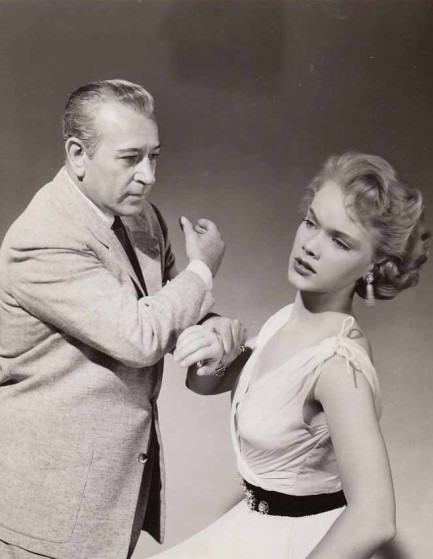 Mob boss George Raft menaces Anne Francis in a promo image made for 1954's Rogue Cop.
Mob boss George Raft menaces Anne Francis in a promo image made for 1954's Rogue Cop.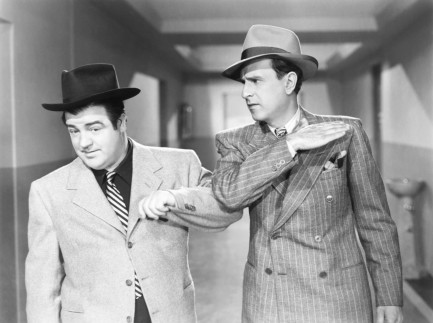 Bud Abbott gets aggressive with Lou Costello in 1945's Here Come the Co-Eds.
Bud Abbott gets aggressive with Lou Costello in 1945's Here Come the Co-Eds.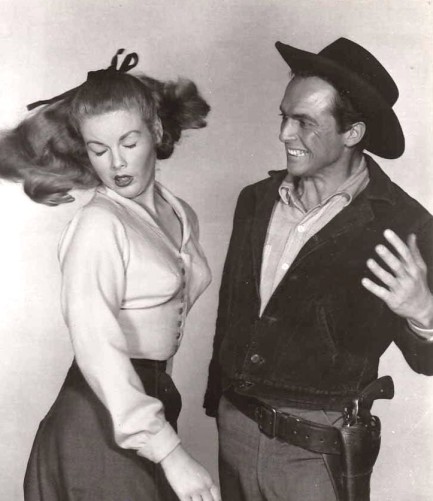 Jo Morrow takes one from black hat Jack Hogan in 1959's The Legend of Tom Dooley.
Jo Morrow takes one from black hat Jack Hogan in 1959's The Legend of Tom Dooley.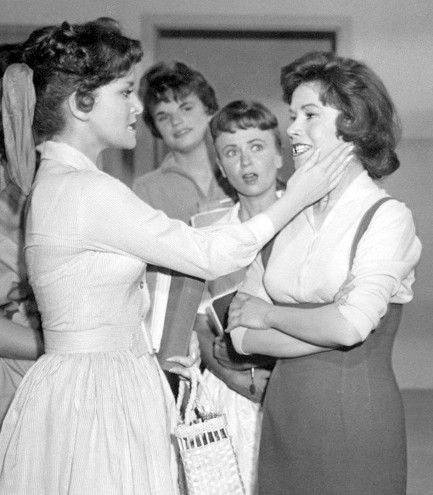 Chris Robinson and Anita Sands get a couple of things straight about who's on the yearbook committee in Diary of High School Bride.
Chris Robinson and Anita Sands get a couple of things straight about who's on the yearbook committee in Diary of High School Bride.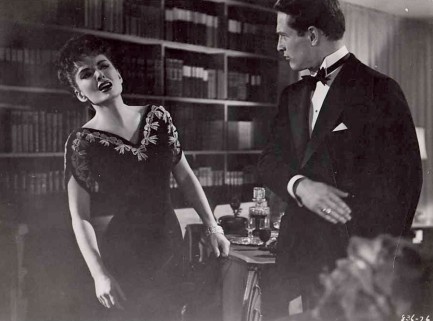 Paul Newman and Ann Blyth agree to disagree in 1957's The Helen Morgan Story.
Paul Newman and Ann Blyth agree to disagree in 1957's The Helen Morgan Story.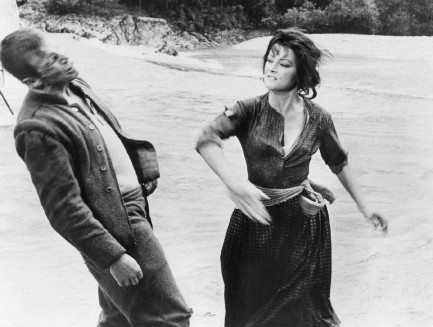 Verna Lisi shows Umberto Orsini who gives the orders in the 1967 film La ragazza e il generale, aka The Girl and the General.
Verna Lisi shows Umberto Orsini who gives the orders in the 1967 film La ragazza e il generale, aka The Girl and the General.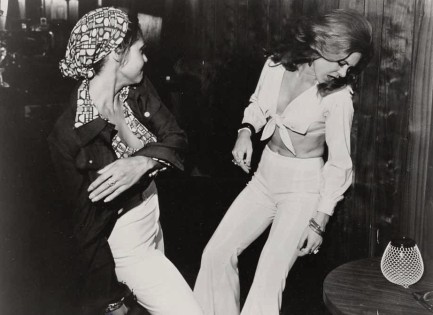 What the fuck did you just call me? Marki Bey slaps Betty Anne Rees loopy in the 1974 horror flick Sugar Hill.
What the fuck did you just call me? Marki Bey slaps Betty Anne Rees loopy in the 1974 horror flick Sugar Hill.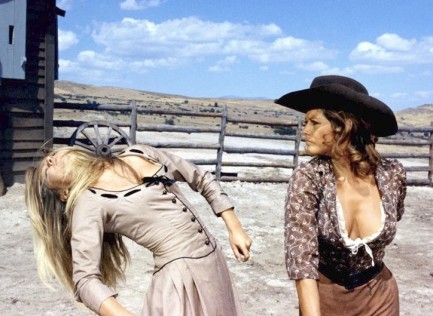 Claudia Cardinale slaps (or maybe punches—we can't remember) Brigitte Bardot in the 1971 western Les pétroleuses, known in English for some reason as The Legend of Frenchie King.
Claudia Cardinale slaps (or maybe punches—we can't remember) Brigitte Bardot in the 1971 western Les pétroleuses, known in English for some reason as The Legend of Frenchie King.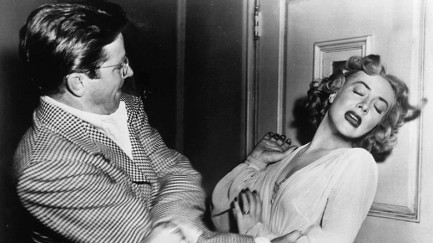 Audrey Totter reels under the attentions of Richard Basehart in 1949 Tension. We're thinking it was probably even more tense after this moment.
Audrey Totter reels under the attentions of Richard Basehart in 1949 Tension. We're thinking it was probably even more tense after this moment.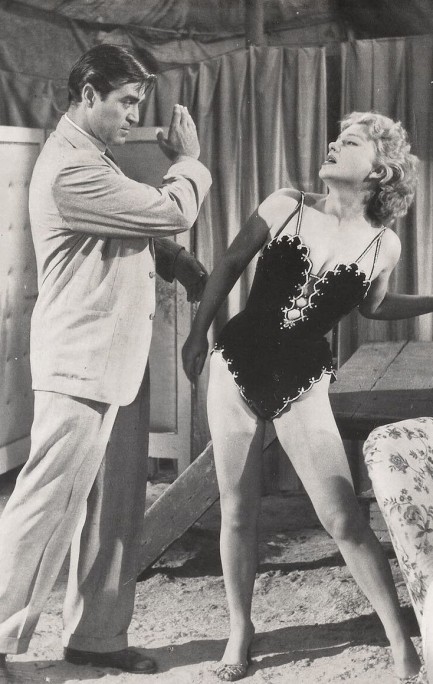 Anne Baxter tries to no avail to avoid a slap from heel Steve Cochran in 1954's Carnival Story.
Anne Baxter tries to no avail to avoid a slap from heel Steve Cochran in 1954's Carnival Story.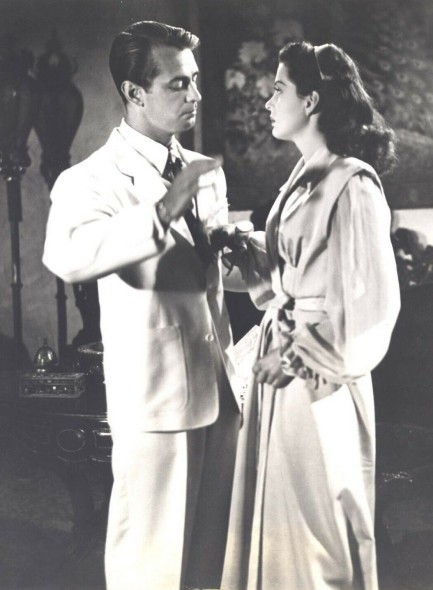
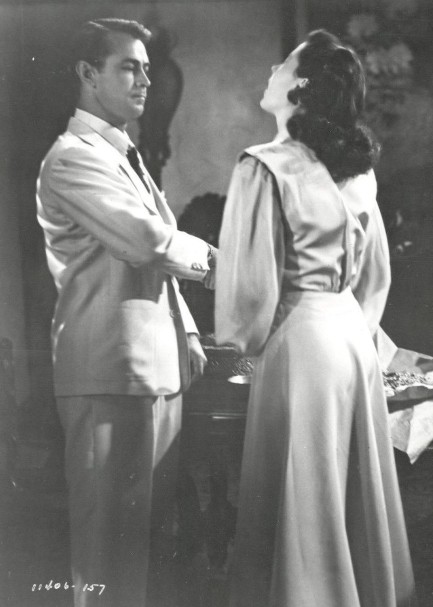 Though Alan Ladd was a little guy who Gail Russell probably could have roughed up if she wanted, the script called for him to slap her, and he obeyed in the 1946 adventure Calcutta.
Though Alan Ladd was a little guy who Gail Russell probably could have roughed up if she wanted, the script called for him to slap her, and he obeyed in the 1946 adventure Calcutta.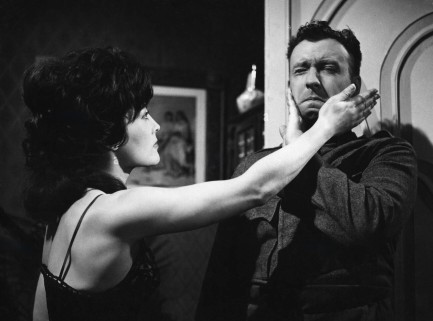 Peter Alexander guards his right cheek, therefore Hannelore Auer crosses him up and attacks his left in 1964's Schwejk's Flegeljahre, aka Schweik's Years of Indiscretion.
Peter Alexander guards his right cheek, therefore Hannelore Auer crosses him up and attacks his left in 1964's Schwejk's Flegeljahre, aka Schweik's Years of Indiscretion.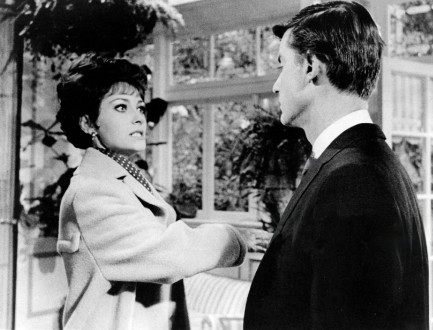 Elizabeth Ashley gives Roddy McDowall a facial in in 1965's The Third Day.
Elizabeth Ashley gives Roddy McDowall a facial in in 1965's The Third Day.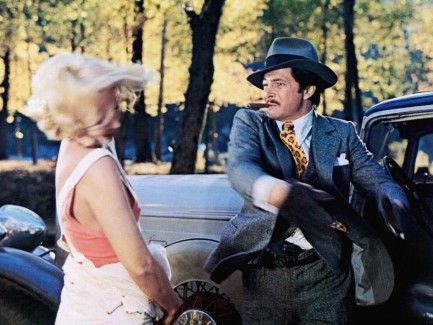 Tony Anthony slaps Lucretia Love in 1972's Piazza pulita, aka Pete, Pearl and the Pole.
Tony Anthony slaps Lucretia Love in 1972's Piazza pulita, aka Pete, Pearl and the Pole.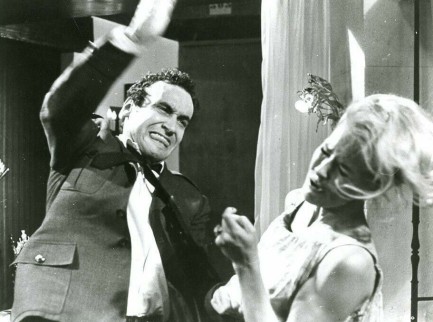 André Oumansky goes backhand on Lola Albright in 1964's Joy House.
André Oumansky goes backhand on Lola Albright in 1964's Joy House.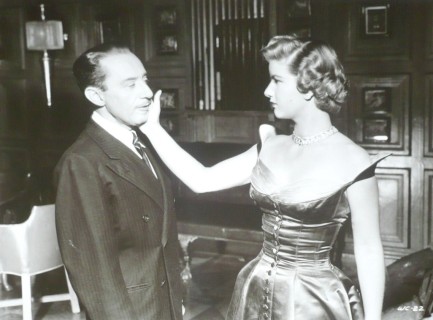 Frank Ferguson catches one from Barbara Bel Geddes in the 1949 drama Caught.
Frank Ferguson catches one from Barbara Bel Geddes in the 1949 drama Caught.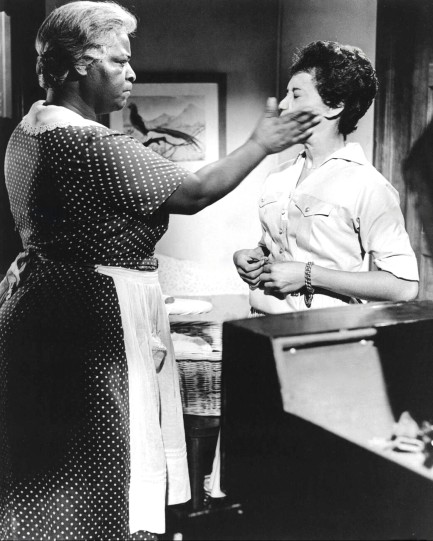 This looks like a real slap, so you have to credit the actresses for their commitment. It's from 1961's Raisin in the Sun and shows Claudia McNeil rearranging the face of Diana Sands.
This looks like a real slap, so you have to credit the actresses for their commitment. It's from 1961's Raisin in the Sun and shows Claudia McNeil rearranging the face of Diana Sands.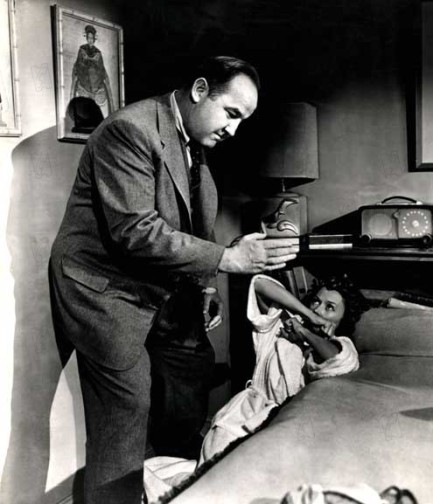 Gloria Grahame finds herself cornered by Broderick Crawford in 1954's Human Desire.
Gloria Grahame finds herself cornered by Broderick Crawford in 1954's Human Desire.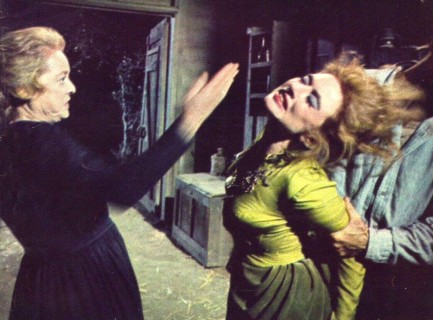 Bette Davis, an experienced slapper and slappee, gets a little assistance from an unidentified third party as she goes Old West on Amanda Blake in a 1966 episode of Gunsmoke called “The Jailer.”
Bette Davis, an experienced slapper and slappee, gets a little assistance from an unidentified third party as she goes Old West on Amanda Blake in a 1966 episode of Gunsmoke called “The Jailer.”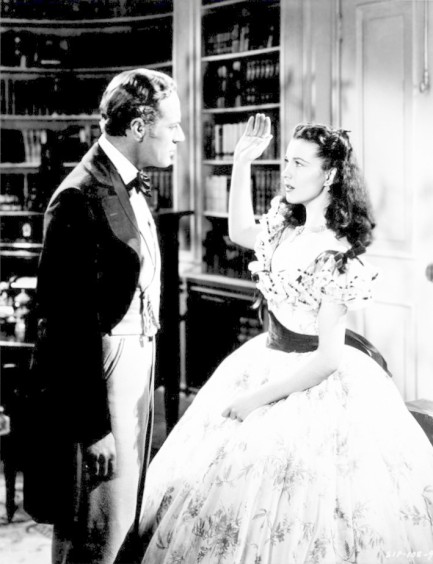 There are a few slaps in 1939's Gone with the Wind, so we had our pick. We went with Vivien Leigh and Leslie Howard.
There are a few slaps in 1939's Gone with the Wind, so we had our pick. We went with Vivien Leigh and Leslie Howard.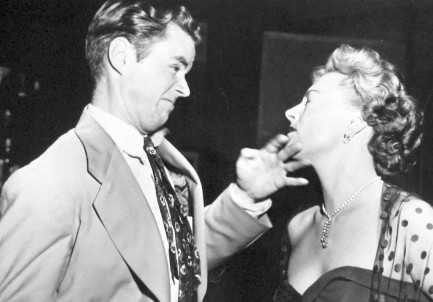 Virginia Field takes one on the chin from Marshall Thompson in Dial 1119.
Virginia Field takes one on the chin from Marshall Thompson in Dial 1119.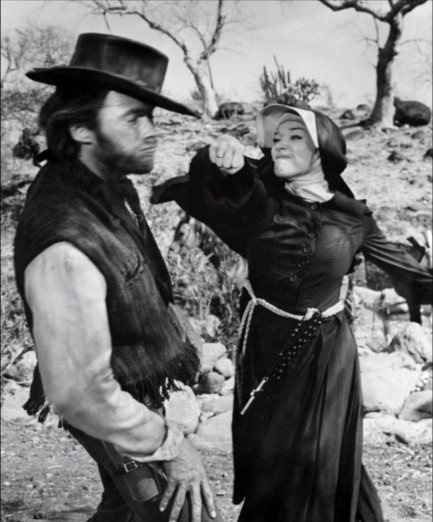 Clint Eastwood absorbs a right cross from nun Shirley MacLaine in 1970's Two Mules for Sister Sara.
Clint Eastwood absorbs a right cross from nun Shirley MacLaine in 1970's Two Mules for Sister Sara.| Vintage Pulp | Dec 16 2022 |

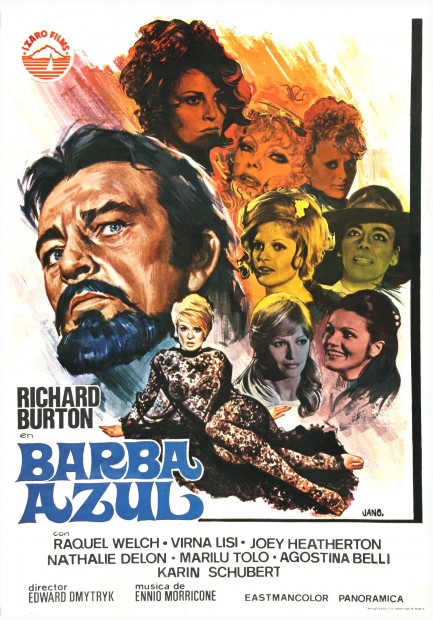
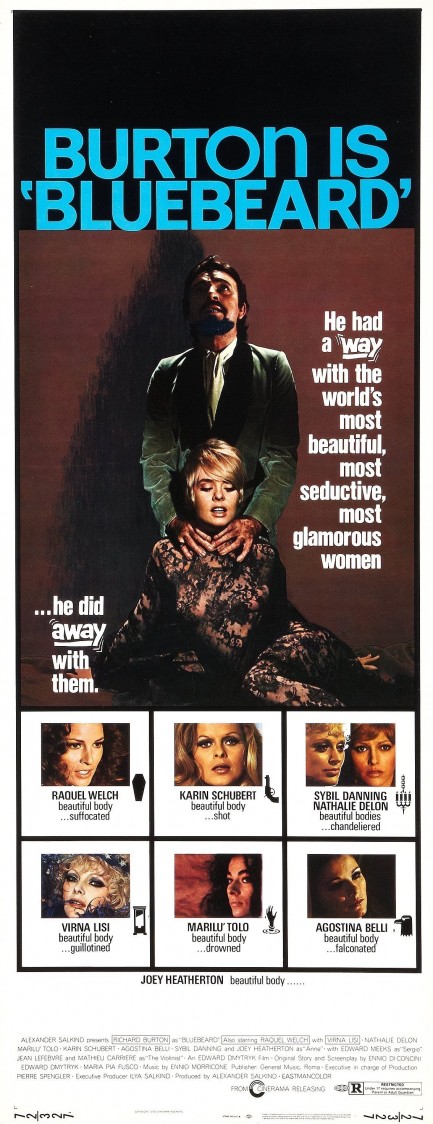 Another of the movies we watched recently was Bluebeard, a castle and dungeon-style, quasi gothic horror flick about a folk tale character who murders a series of wives. Its Spanish poster was the best of those we saw, and we chose today to share it because the film premiered in Spain today in 1974, after opening in the U.S. two years earlier.
Another of the movies we watched recently was Bluebeard, a castle and dungeon-style, quasi gothic horror flick about a folk tale character who murders a series of wives. Its Spanish poster was the best of those we saw, and we chose today to share it because the film premiered in Spain today in 1974, after opening in the U.S. two years earlier.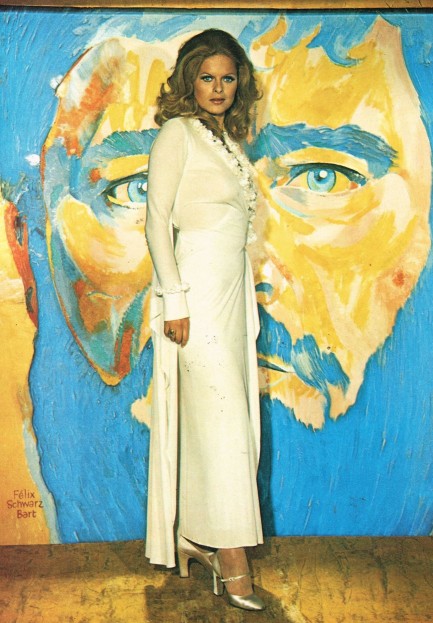 a certain point we suppose money papers over all flaws. Rich or not, though, never marry a guy who sits around with a raptor on his shoulder. And speaking of hunting, we should warn the kind-hearted that there's an extended hunting sequence in Bluebeard, and the animals are killed for real, in detailed action. We're talking several rabbits, a number of birds in flight, a couple of foxes, a boar, and a deer.
a certain point we suppose money papers over all flaws. Rich or not, though, never marry a guy who sits around with a raptor on his shoulder. And speaking of hunting, we should warn the kind-hearted that there's an extended hunting sequence in Bluebeard, and the animals are killed for real, in detailed action. We're talking several rabbits, a number of birds in flight, a couple of foxes, a boar, and a deer.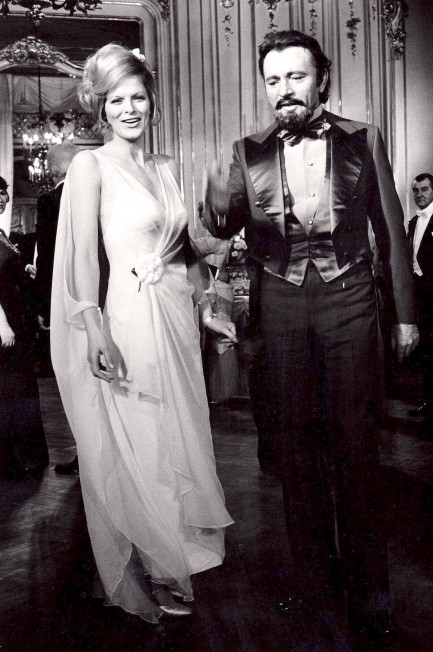
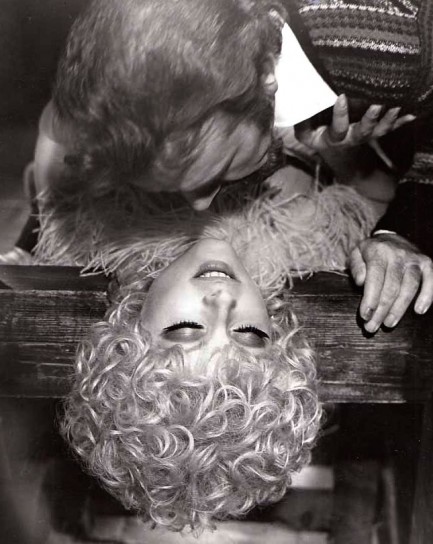
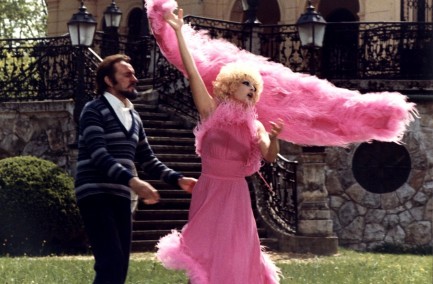
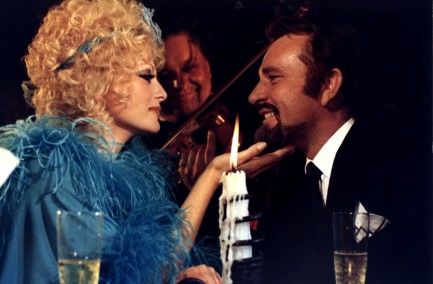
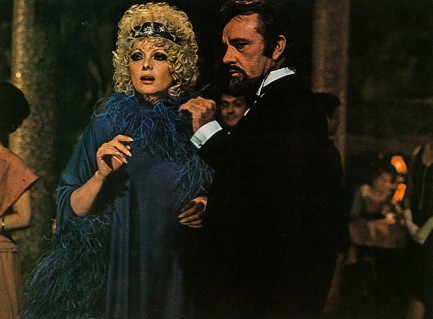
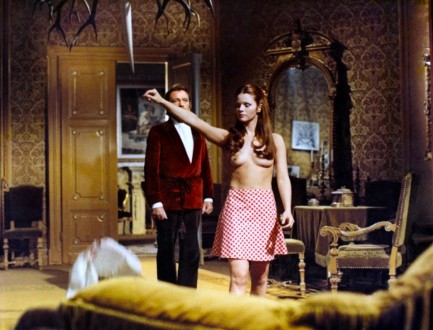
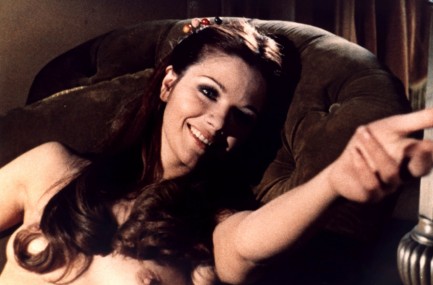
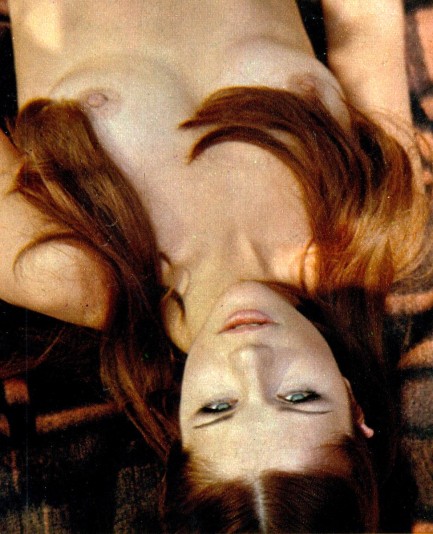
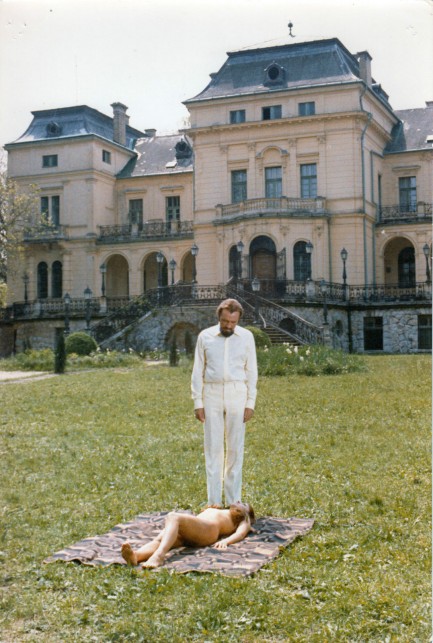
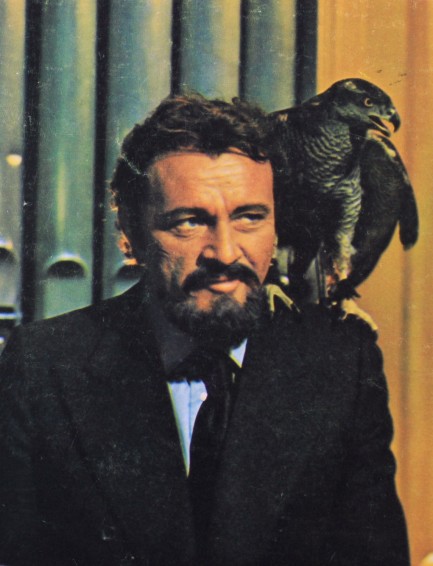
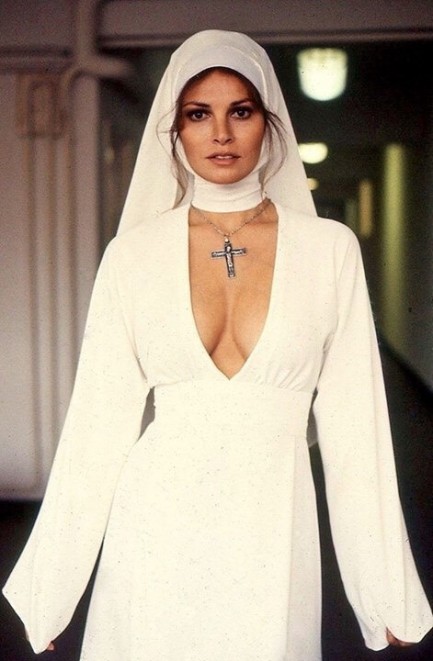
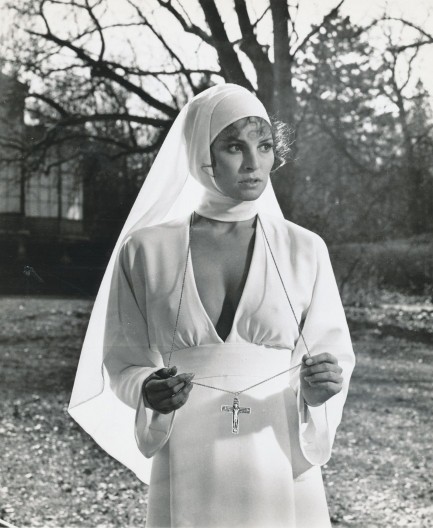
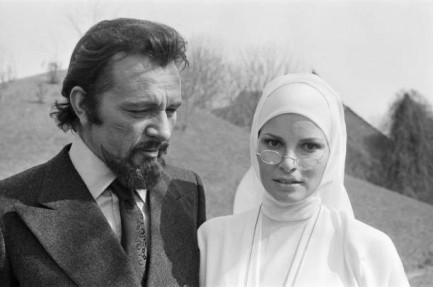
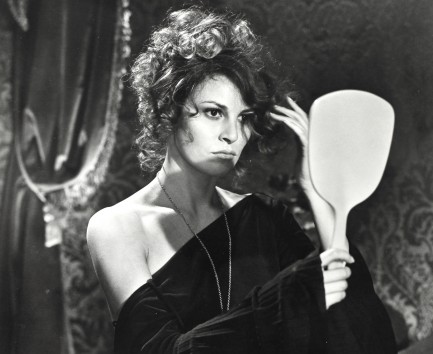
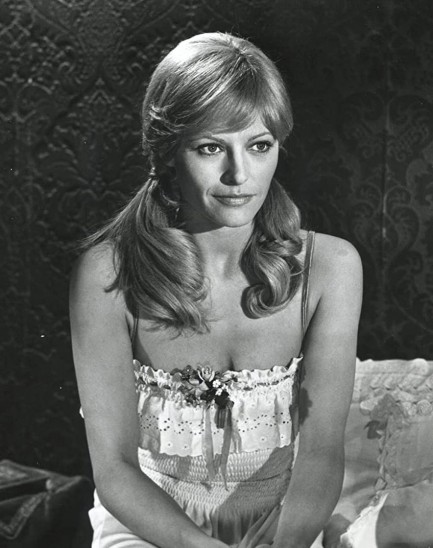
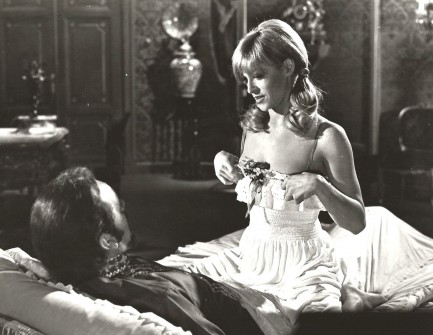
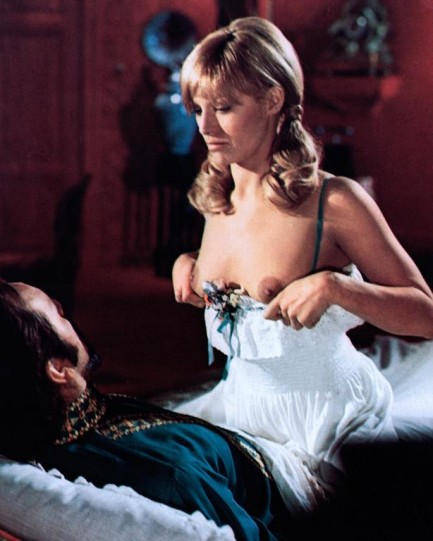
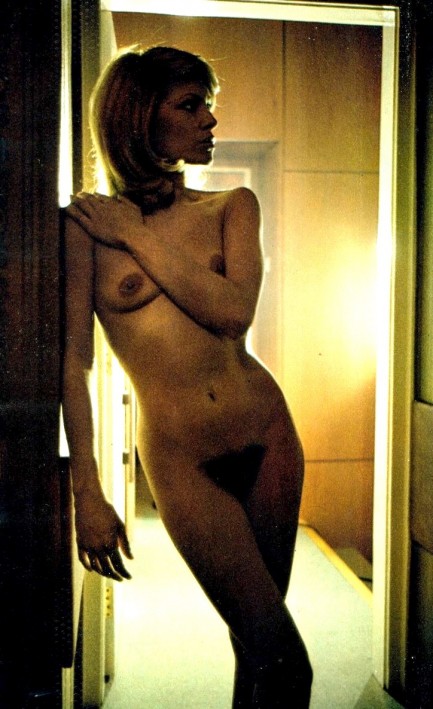
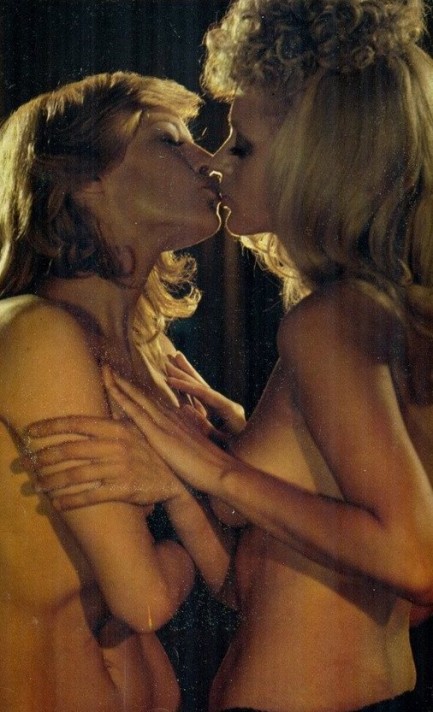
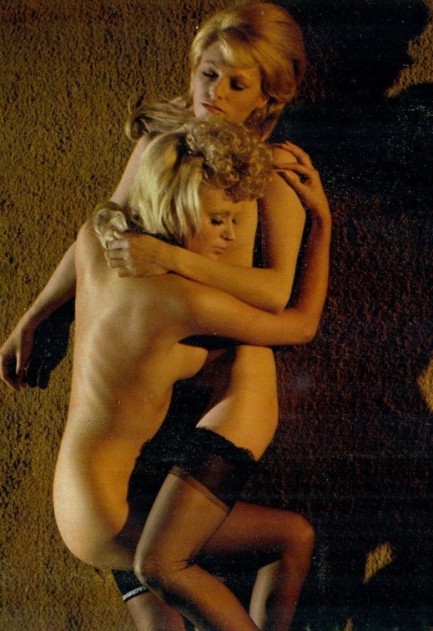
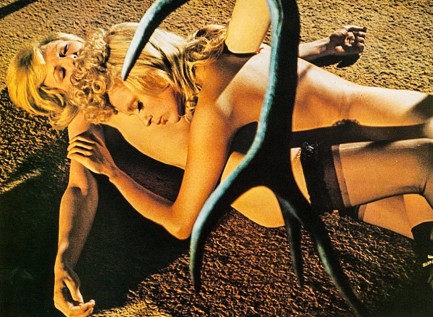
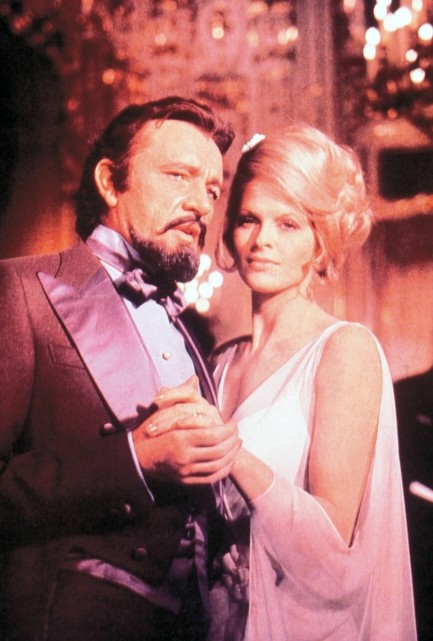
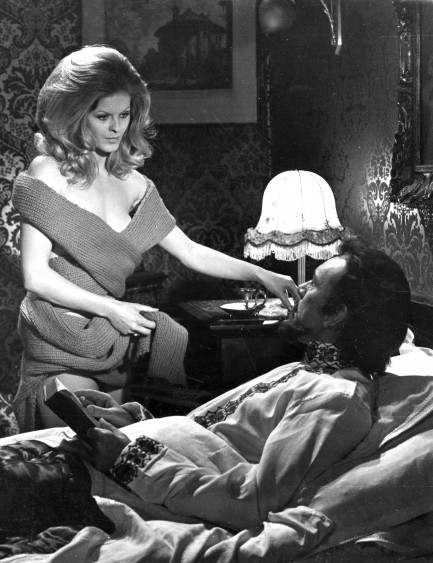
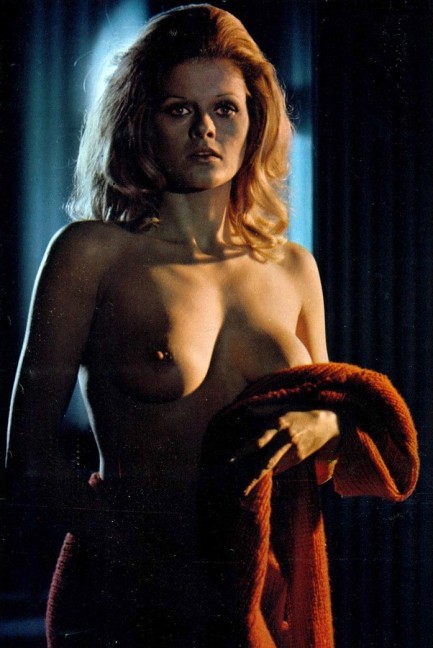
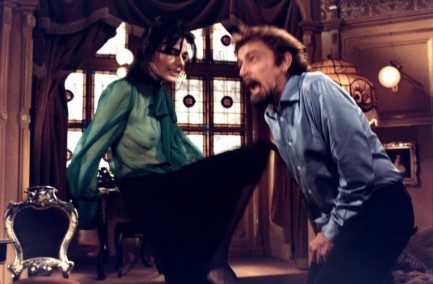
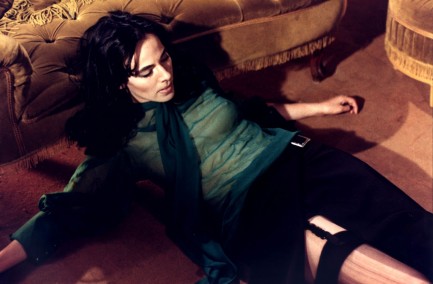
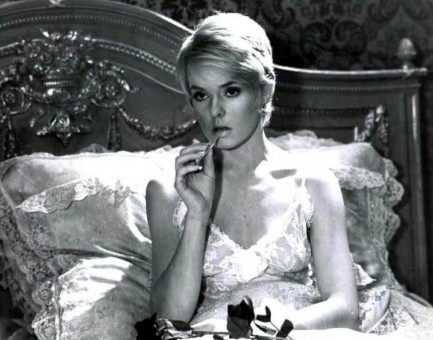
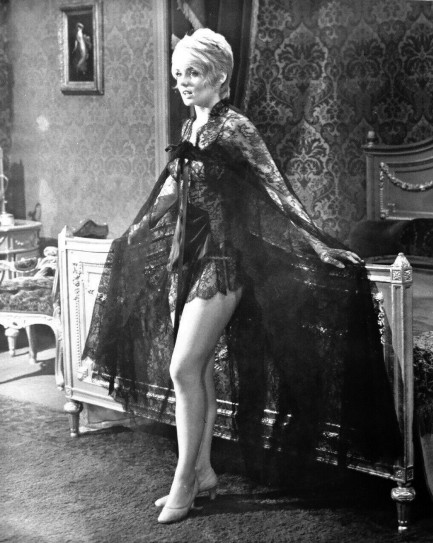
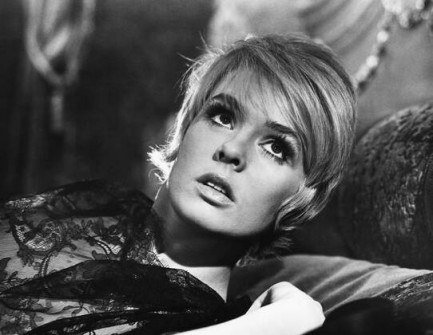
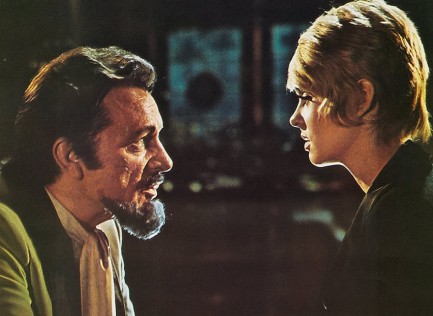
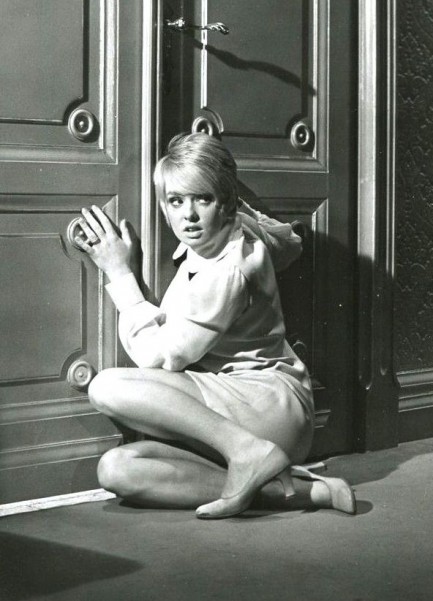
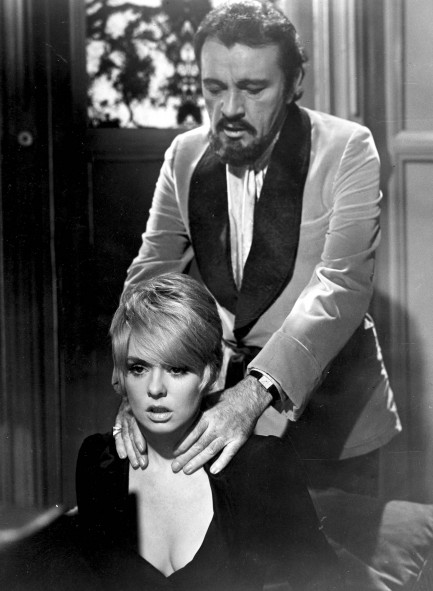
| Femmes Fatales | Jul 30 2019 |

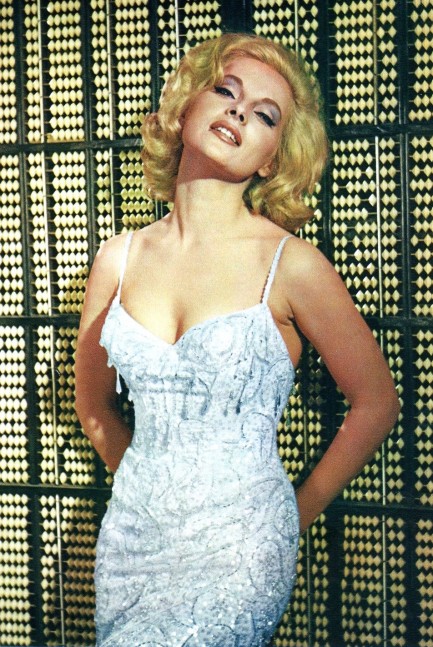
| Intl. Notebook | Dec 18 2014 |

Italian actress and revered beauty Virna Lisi has died aged seventy-eight of cancer. Her film career began in 1953 and she has acted on televison in 2014 and in a film to be released next year. We’ve featured her quite a bit here. You can see a couple of entries here and here.
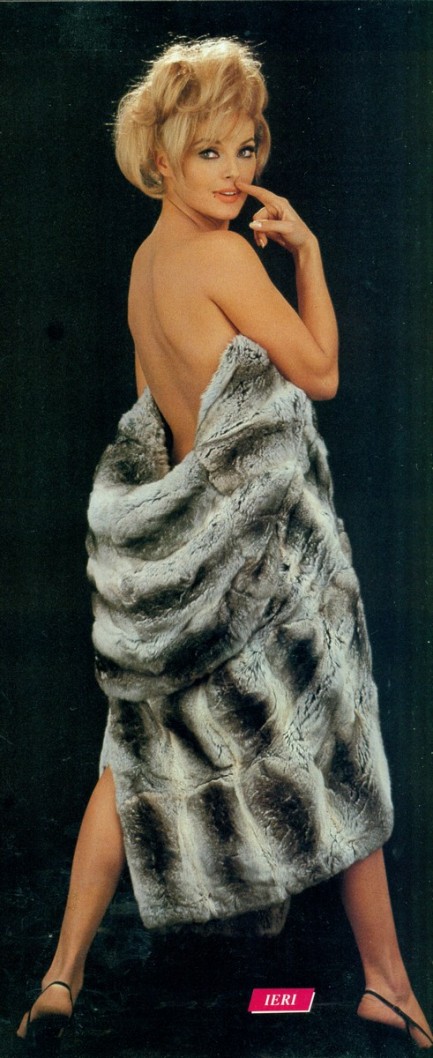
| Hollywoodland | Apr 6 2013 |

Below are the covers of some promotional brochures made by Illustrierte Film-Bühne for movies released in West Germany during the 1950s and 1960s. The examples here, some of which have killer designs, feature Elizabeth Taylor, Marisa Mell, Cary Grant, Virna Lisi, Sophia Loren, Doris Day, Tony Curtis, et.al. IFB was founded in 1946 in Munich by Paul Franke, and over the years produced thousands of these pamphlets. We’ll share more later.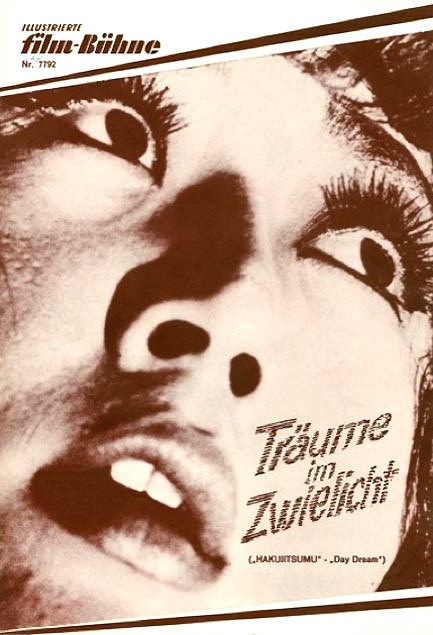
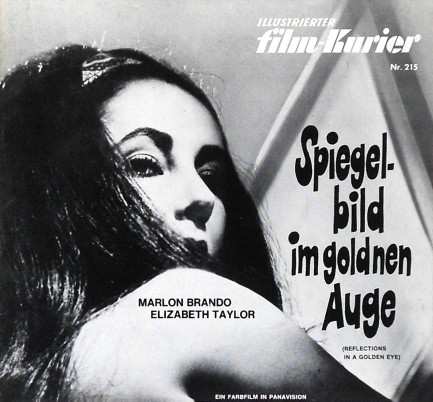
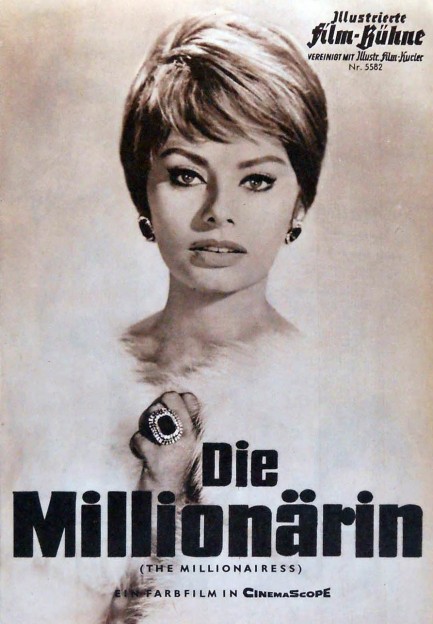
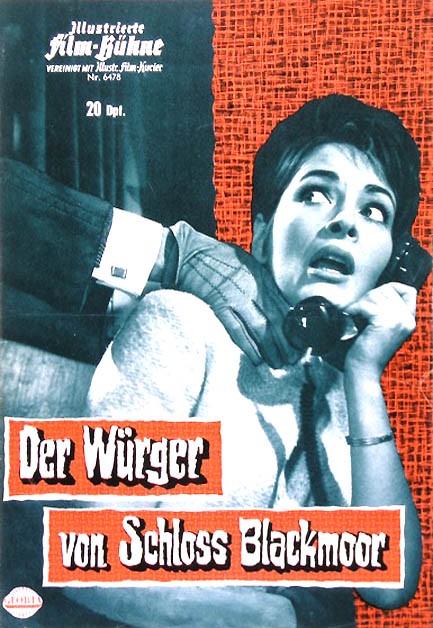
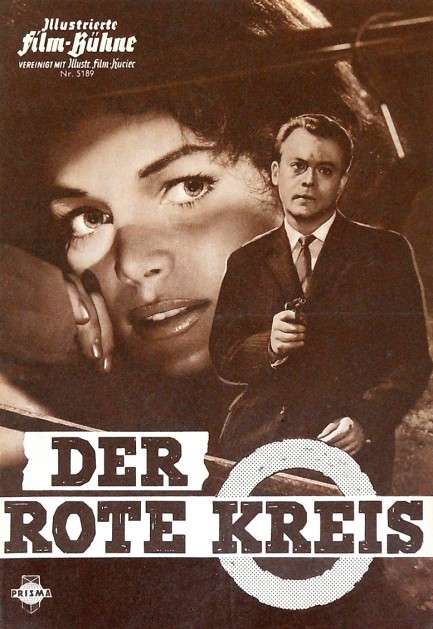
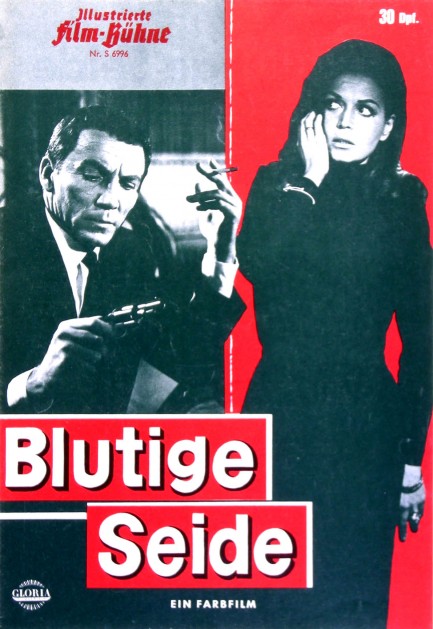
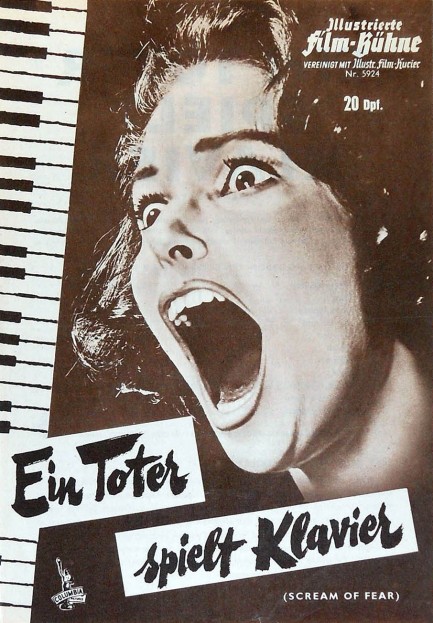
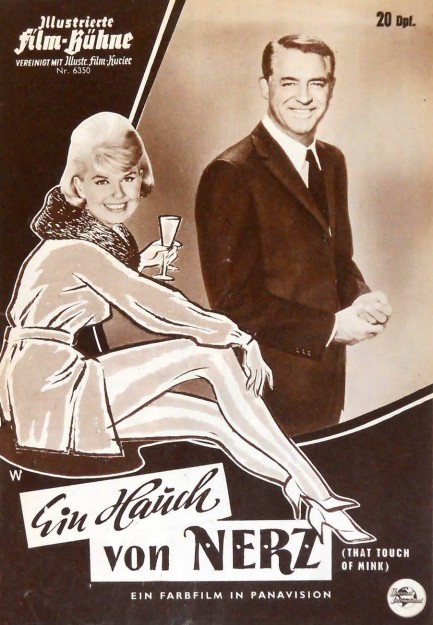
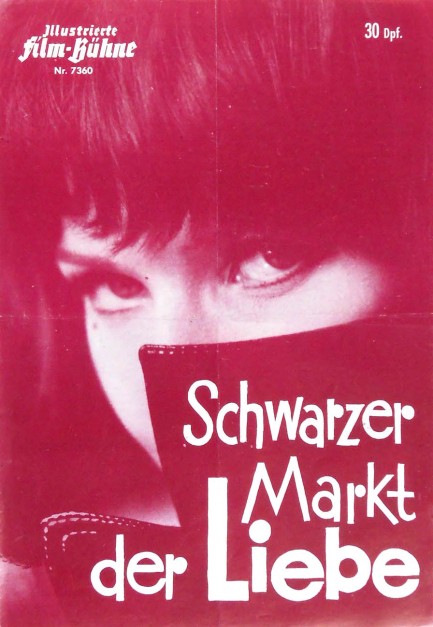

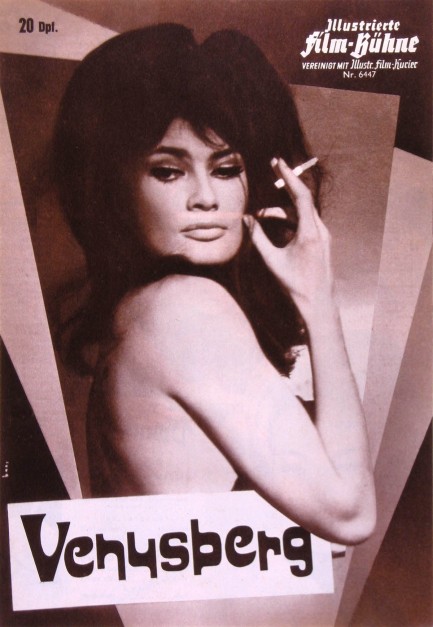
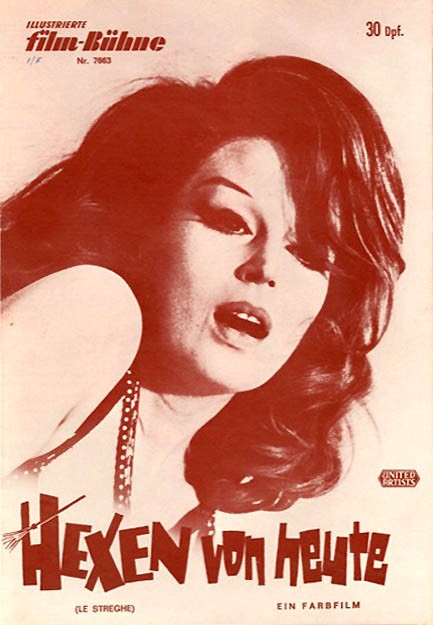
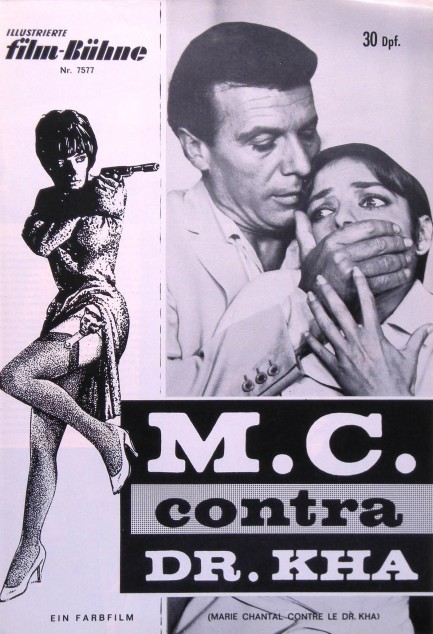
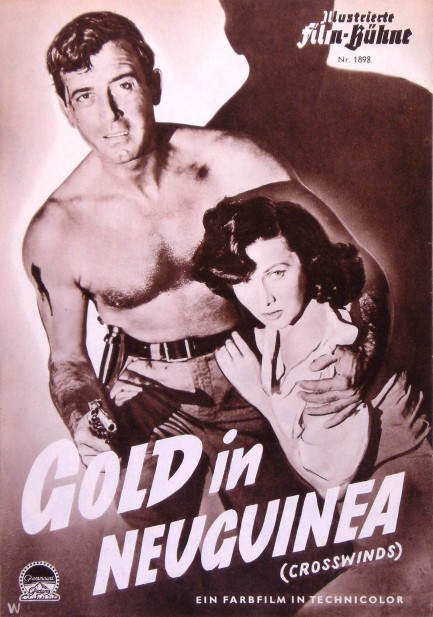
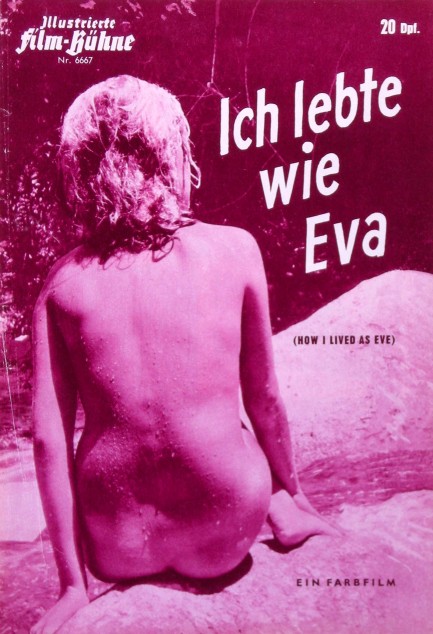
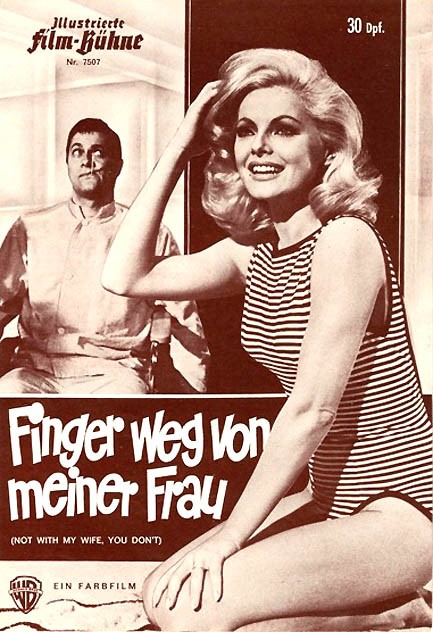
| Femmes Fatales | Jun 1 2012 |


We featured Italian actress Virna Lisi as a femme fatale in September, but we’re bringing her back today because this shot really works for us, and she is, after all, Virna Lisi. If you’ve never seen her, we suggest you immediately watch How To Murder Your Wife. It’s about a playboy (Jack Lemmon) who goes on a drunken binge and wakes up married to a stranger (Lisi). He desperately (and inexplicably) wants to be rid of her, and so he concocts a murder plot. He has no intention of actually going through with it, but things get complicated. It’s a comedy, and it stays funny viewing after viewing. Rent it, watch it, love it.
| Femmes Fatales | Sep 27 2011 |

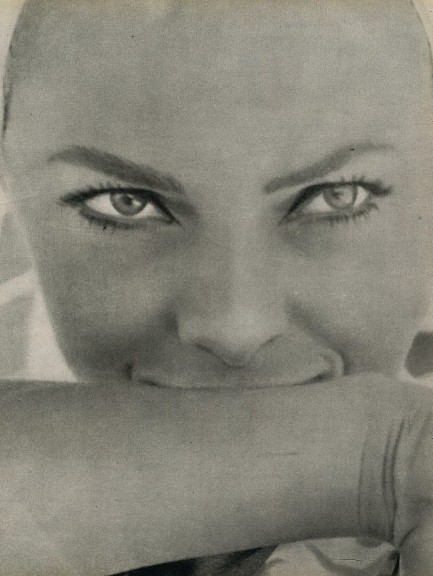
Above is a close-up of Italian actress Virna Lisi, who began acting in 1953 but is well known in the U.S. for 1965’s How To Murder Your Wife, and is considered one of the most beautiful performers ever to grace the silver screen, seen here circa 1960.
| Intl. Notebook | Dec 2 2010 |

Below, five covers of the Mexican humor and celebrity magazine Ja-Ja circa 1960s, and featuring the lovely Virna Lisi (not Lissy), Tongolele, Elke Sommer, Eugenia San Martin, and Senta (not Santa) Berger.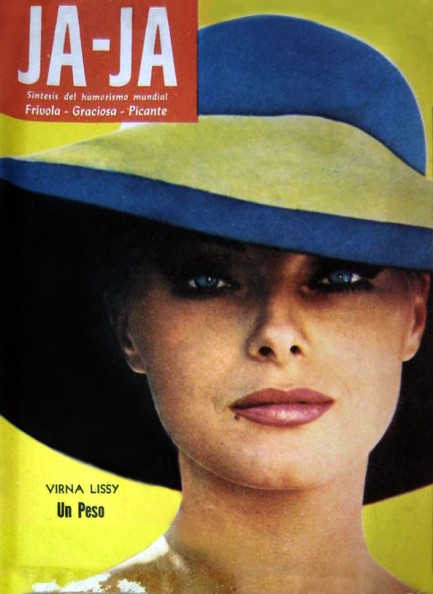
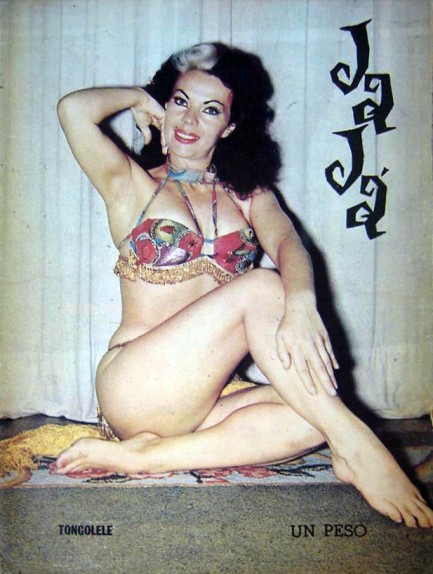
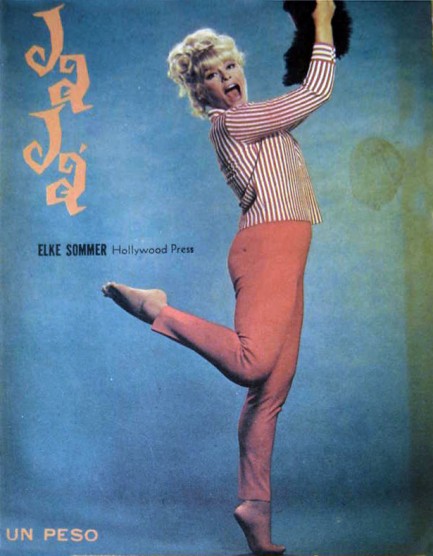
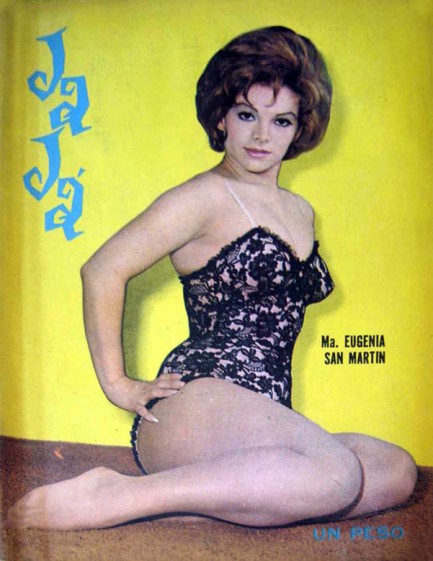
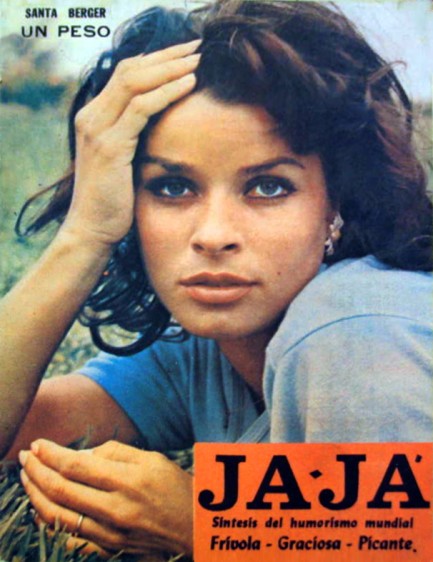
| Hollywoodland | May 21 2009 |

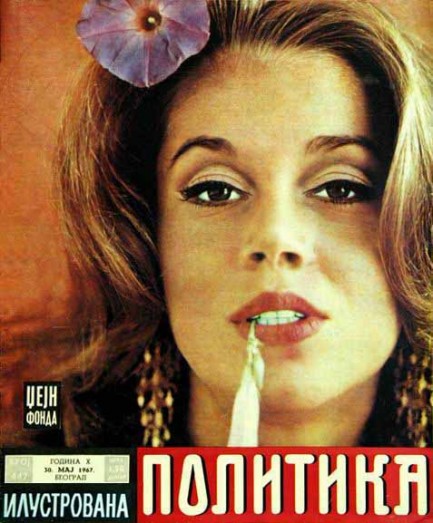
This nice issue of Ilustrovana Politika, or Illustrated Politic, was published in the former Yugoslavia. During that unpleasantness known as the Cold War the country was communist ruled but non-aligned, a political stance that resulted in an influx of both Soviet and Western European influences. Movie stars such as Sofia Loren, Brigitte Bardot, and Virna Lisi were featured on hundreds of Yugoslav magazines. American stars snuck in too. This particular cover, featuring Jane Fonda, appeared forty-two years ago this month.




































































